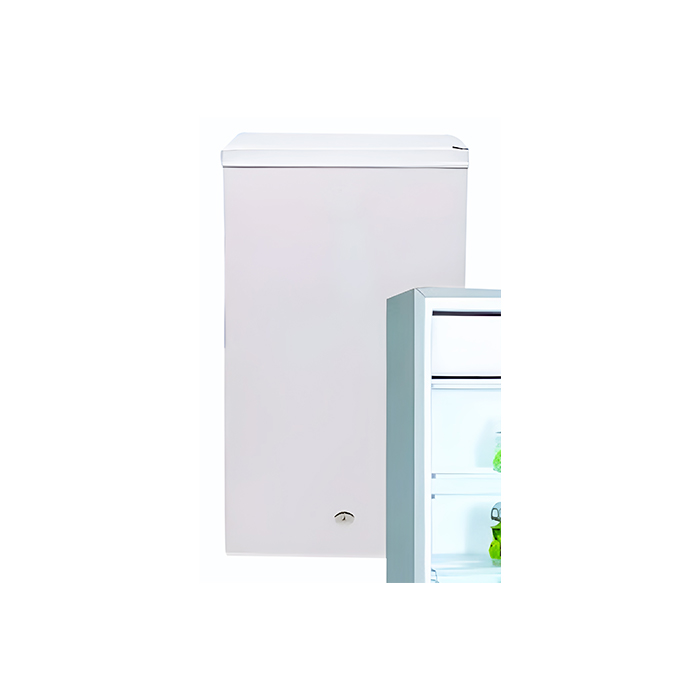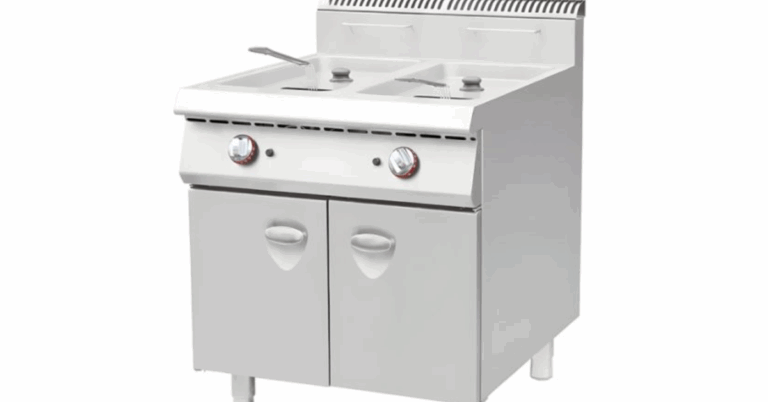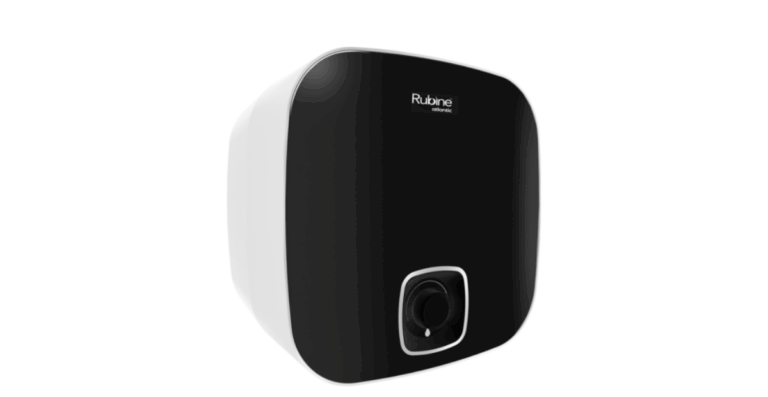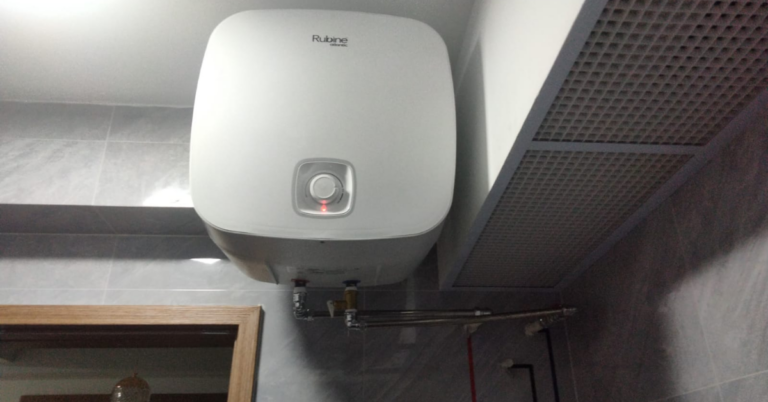The Role and Design of Cruise Ship Fridge 60Hz Systems: Meeting Marine Cooling Demands Aboard
In the specialized environment of cruise ships and large marine vessels, the term “Cruise Ship Fridge 60Hz” carries significant practical implications. Unlike typical residential refrigerators, these marine-grade refrigeration units must withstand the rigors of salt air, constant motion, varying power supply conditions, and tight space constraints. The 60 Hz specification indicates that the alternating current (AC) power system runs at 60 cycles per second, which is a standard frequency in many regions (especially in the Americas). That frequency compatibility or dual compatibility with both 50 Hz and 60 Hz systems is an important design constraint for cruise ship refrigerators operating in global waters.
In this article, we explore how cruise ship refrigerators are engineered for 60 Hz use (and often dual-frequency operation), the challenges they face aboard vessels, design strategies to ensure reliability and efficiency, as well as maintenance, selection, and future trends in marine refrigeration.
Why 60 Hz (and Dual-Frequency) Compatibility Matters
Cruise ships operate across international borders, docking at ports worldwide where power supply can differ. While some regions and docking ports use 50 Hz AC power, others use 60 Hz. If a refrigerator is only rated for 50 Hz, you risk performance degradation or damage when running it on 60 Hz power (or vice versa). By contrast, a fridge capable of handling 60 Hz—or ideally 50–60 Hz—offers flexibility, making it usable in many different power grids or shipboard systems without requiring frequency converters.
Additionally, many shipboard power systems (generators, shore power connections, inverter systems) deliver 60 Hz. In those settings, the fridge must precisely match that frequency to operate efficiently and avoid vibration, end-of-life stress, or malfunction. The ability to run at 60 Hz is thus not just a convenience, but a requirement in many modern cruise ship electrical architectures.
Many marine refrigerator suppliers advertise “220 V refrigerators 50-60 Hz,” signaling their units are built with electrical components (compressors, control electronics, motors) capable of stable operation across that frequency range. (This approach is often seen in the marine and cruise-ship refrigeration supply sector.)
Challenges of Refrigeration Aboard Cruise Ships
Operating refrigeration on a cruise ship is drastically different from land-based systems. Key challenges include:
-
Vibration & Motion
The constant movement, rolling, and pitching of a ship impose mechanical stress. Fridges must have robust mounting systems, vibration-dampening, and secure fixtures so that internal components and refrigerant lines don’t fatigue over time. -
Salt Water Corrosion & Humidity
Salt-laden air can corrode metal surfaces and degrade seals. Marine refrigerators must use corrosion-resistant materials (e.g. stainless steel, marine-grade alloys, specialized coatings) and durable door gaskets. -
Power Quality & Voltage Variation
Shipboard power systems might experience voltage spikes, drops, or transients. Fridge systems must handle such fluctuations or incorporate protective electronics (surge suppression, voltage regulation). -
Space Constraints & Integration
Refrigeration units must fit within constrained galley, storage, or utility spaces. Design must consider door swing, ventilation clearance, and service access. -
Thermal Loads & Ventilation
Heat rejection is critical. Ships have limited space for condenser ventilation, and ambient temperatures in engine rooms or galley spaces can be high. Failing to manage heat properly can reduce efficiency or overload the compressor. -
Energy Efficiency & Fuel Conservation
Cruise ships consume massive energy. Refrigeration loads are continuous. Reducing power draw is crucial to lowering fuel consumption or electrical load on the ship’s generators. -
Reliability & Redundancy
Failures in refrigeration lead to spoilage of food, loss of revenue, and passenger dissatisfaction. Units must be built to high reliability standards, and redundancy or backup systems are often required.
Design Strategies for 60 Hz Cruise Ship Refrigerators
To meet these challenges and support reliable operation at 60 Hz (or dual-frequency), marine refrigeration designers adopt several strategies:
1. Universal or Dual-Frequency Electronics & Motors
Compressor motors, control boards, fans, and relays are selected to operate across 50–60 Hz. Where frequency-specific designs are needed, designers often include a frequency conversion or rectify AC into DC/inverter-controlled systems to decouple the motor from the input frequency.
2. High-Quality, Fan-Cooled Compressors
Marine refrigerators frequently use hermetic or semi-hermetic compressors (e.g. Danfoss / Secop series) with efficient fan cooling. These compressors are robust, compact, and suited for continuous duty. Many models operate with forced-air cooling rather than relying on natural convection to maintain more consistent performance under motion. (This approach is seen in marine refrigerator lines like the “Cruise” series in the marine refrigeration market.)
3. Corrosion-Resistant Construction
Materials such as 304 or 316 stainless steel, anodized aluminum, marine-grade fasteners, and coatings are used throughout to guard against corrosion. Door seals, hinges, and hinges are chosen for durability in humid, salty conditions.
4. Rigid Mounting & Isolation
Mounting frames are engineered to distribute loads and isolate shock and vibration. Some designs allow internal anchoring or support frames to reduce stresses on the structure.
5. Optimized Insulation & Door Sealing
Thick insulation, high-performance foams, magnetic seals, and thermal breaks reduce heat leaks and lower energy usage. Good door sealing is essential to maintain cool temperatures even under less-than-ideal ambient conditions.
6. Thermal Management & Ventilation Paths
The design ensures adequate intake and exhaust paths for condenser airflow, avoiding short cycling or overheating. Units may include forced ventilation or ducting as needed.
7. Control Logic & Safety Protections
Modern control circuits monitor temperature, compressor load, fault conditions, and voltage deviations. Protective features (overload protection, low-voltage cutoffs, surge suppression) safeguard the compressor and electronics.
8. Modularity & Service Access
Compressor modules may be remote or separable for easier servicing. Panels, doors, and mount frames are designed so internal components are accessible without removing the entire unit.
By blending these strategies, cruise ship refrigerators can reliably run on 60 Hz systems while enduring the harsh marine environment.
Selecting a Cruise Ship Refrigerator: Key Criteria
When choosing a marine/shipboard refrigerator for cruise ships, especially for 60 Hz systems, the following criteria should be considered:
1. Electrical Compatibility & Safety Margins
Ensure the refrigerator is rated for 50–60 Hz operation and within the ship’s voltage range (often 220 V AC or 110–220 V). Confirm that the internal electronics and motors tolerate line fluctuations and include suitable protections.
2. Cooling Load & Capacity
Match storage volume to demand. Estimate daily cooling loads (food, beverage, ice) plus ambient thermal loads. Oversizing slightly often helps under variable ambient conditions without overtaxing the system.
3. Efficiency & Power Consumption
Compare energy usage (watts per day or amps) under typical operating conditions. More efficient units reduce stress on ship generators and save fuel.
4. Robustness & Reliability
Choose brands or designs with track records in marine use. Premium components, warranties, and easy access to spare parts are crucial for long-term reliability.
5. Ventilation Requirements & Location
Check layout and space for airflow to condenser units. The refrigerator must be placed so intake and exhaust vents remain clear, and heat rejection is not impaired by surrounding equipment.
6. Serviceability & Redundancy
Units should be service-friendly, ideally with modular or remote components. For critical refrigeration (e.g. galley, catering), having redundant or backup systems is prudent.
7. Certification & Regulatory Compliance
Marine equipment often must comply with classification society standards, marine electrical codes (e.g. IEC, ABS), and safety regulations. Ensure the unit meets relevant marine and electrical certifications.
Maintenance and Best Practices
Maintaining a cruise ship refrigerator operating at 60 Hz involves standard refrigeration practices plus marine-specific considerations:
-
Regular inspection of door seals and gaskets — ensure integrity against leaks and check for wear from motion.
-
Compressor, condenser, and fan cleaning — salt deposits and dust must be removed to maintain airflow and efficiency.
-
Voltage and current checks — monitor for abnormal draws, voltage spikes, or fluctuations that can indicate stress or pending failure.
-
Vibration and mounting checks — fasteners, isolation mounts and structural integrity should be inspected since mechanical loosening is a concern in motion environments.
-
Temperature calibration — validate internal temps regularly, especially after maintenance or power system changes.
-
Spare parts inventories — keeping spare fan motors, compressors, control boards, and gaskets allows quick repairs and minimizes downtime.
-
Scheduled performance testing — before major voyages, run diagnostics to ensure cooling margins are adequate for hot ambient conditions.
Future Trends in Cruise Ship Refrigeration
The cruise industry continually pushes for better energy efficiency, lower emissions, and increased automation. Some of the notable trends shaping marine refrigeration are:
-
Variable-speed or inverter-driven compressors
These allow refrigerators to modulate cooling power based on load, reducing energy consumption and wear better than fixed-speed compressors. -
Smart control systems & diagnostics
Integrated sensors, remote monitoring, and predictive maintenance systems can alert crew to impending faults before failure occurs. -
Natural refrigerants & environmentally friendly coolants
As regulations tighten, more units use low-GWP refrigerants (e.g. hydrocarbons, CO₂-based systems) adapted for marine use. -
Waste heat recovery
Some systems aim to harvest waste heat from condenser cycles for other onboard heating demands (hot water, preheating), improving overall vessel efficiency. -
Compact modular designs
Innovations in packaging and materials allow more efficient use of space and improved cooling per unit volume—vital on space-constrained ships. -
Hybrid power integration
Refrigeration systems that better integrate with ship energy systems (battery banks, renewable sources, shore power) reduce reliance on generators and improve resilience.
Conclusion
The specification “Cruise Ship Fridge 60Hz” may sound technical, but it embodies a central requirement of marine refrigeration: compatibility with the ship’s AC power environment while withstanding the challenges of a salt, vibration, and motion-filled environment. By carefully selecting, designing, installing, and maintaining refrigeration systems tailored for 60 Hz (or dual-frequency) operation, cruise ship operators can ensure dependable cooling, energy efficiency, and long-term reliability. With evolving technologies—such as inverter-driven compressors, smarter controls, and advanced materials—the next generation of marine fridges promises even greater stability, performance, and sustainability for global cruising fleets.






